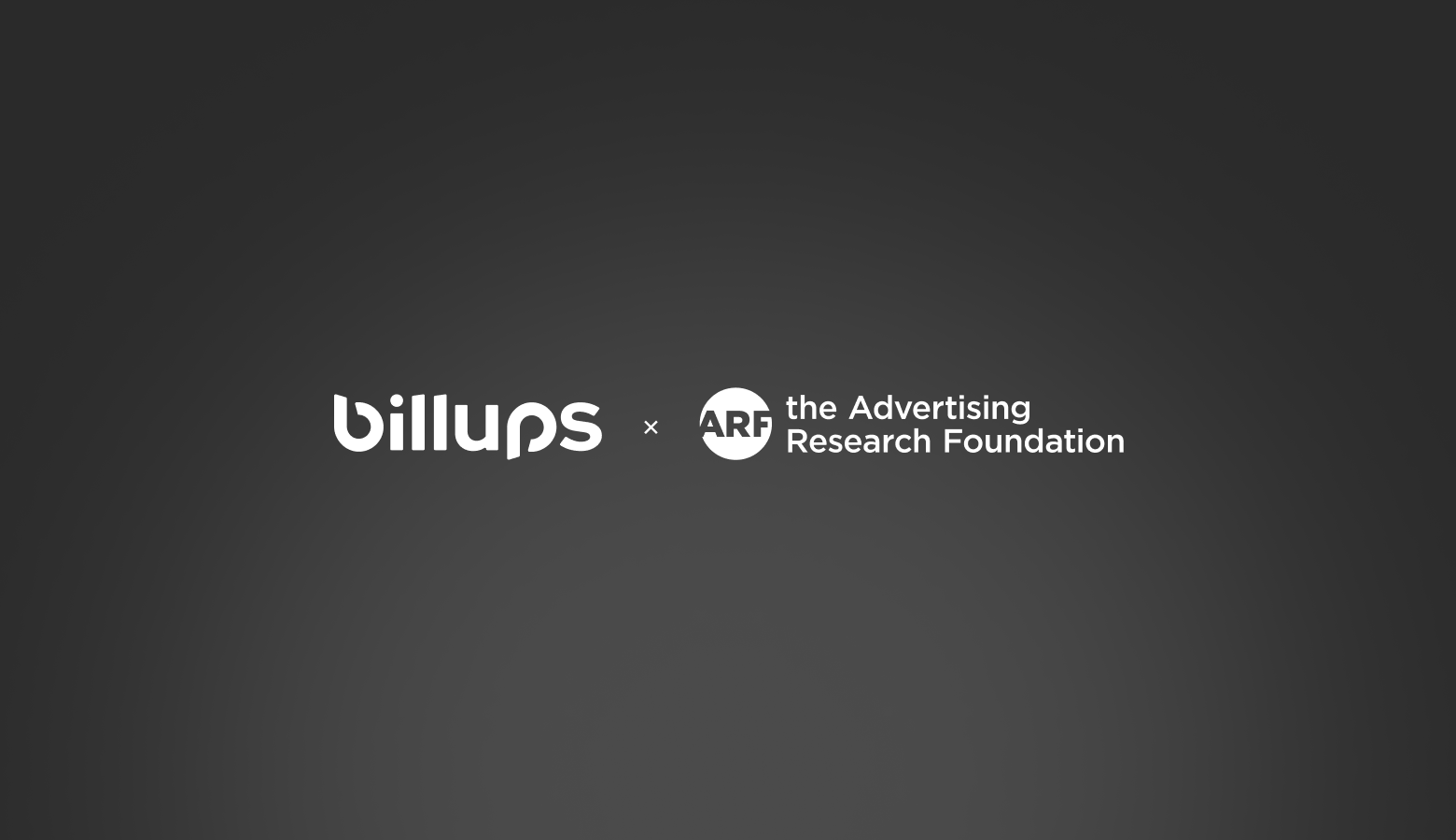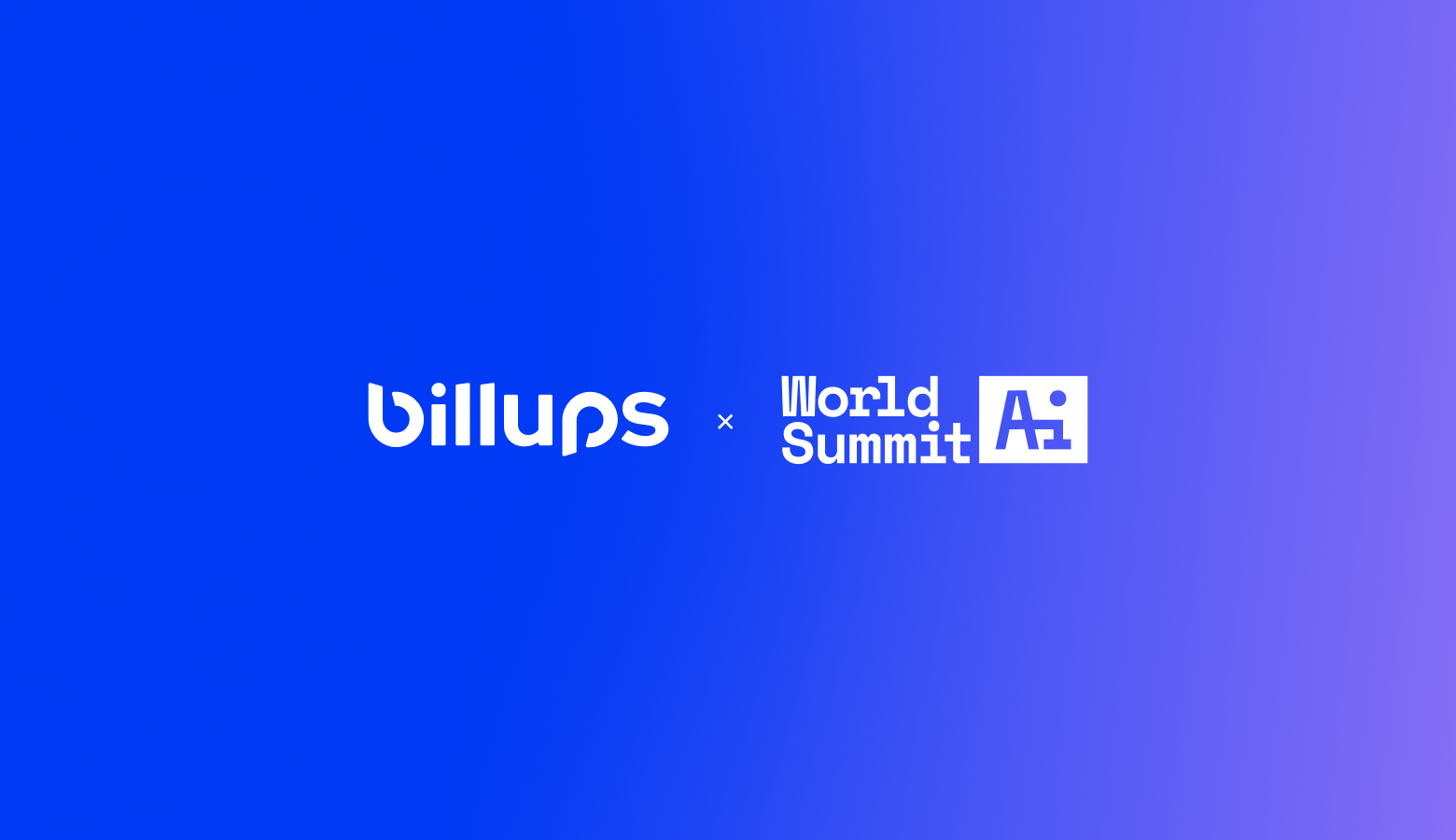The Creator Economy Meets the Science of Attention: Lessons from an Industry in Transformation

When marketers, data scientists, and creators gathered at this year’s Advertising Research Foundation event, the conversation drifted well beyond likes and algorithms. Over a full day of panels and presentations, one message stood out: the business of attention is shifting, and understanding what makes it work demands both creativity and rigour.
Across sessions from brand strategy breakdowns to neuroscience research, participants explored a shared question: what truly sustains influence when every brand is competing for the same sliver of attention?

Table of Contents
- Redefining Attention
- The Right Brief Still Matters
- The Delicate Nature of Influence
- Creative Measurement in Context
- Between Data and Empathy
- Storytelling With Accountability
- A Field in Search of Focus
Key Takeaways
- Attention is more than a metric. Industry leaders called for redefining attention as an emotional and cognitive continuum, not just dwell time or impressions.
- Clarity fuels creativity. Strong creative briefs remain critical in the creator economy, where many campaigns still launch without clear objectives or pretesting.
- Authenticity outweighs reach. Brands and platforms agreed that genuine community connection now drives influence more than scale or virality.
- Creative quality drives attention. billups’ Garima Singal demonstrated how data-driven analysis can quantify how audiences visually engage with creative work - allowing for creative impact to be distinguished from the creator’s impact.
- Empathy anchors innovation. Across sessions, researchers emphasized that data and AI should reveal audience truths, not replace human understanding.
- The future blends art and analytics. The next era of influence will belong to marketers and creators who merge creative craft with scientific rigor to earn and sustain real attention.
Redefining Attention
The ARF’s exploration of attention measurement revealed how fragmented the field has become. Multiple firms now claim to quantify how long people “stay” with content, but definitions and accuracy vary widely. Speakers across panels agreed that attention is not a single metric; it’s a layered experience shaped by emotion, context, and connection.
As ARF President Scott McDonald noted, attention should be understood as “a continuum of cognitive involvement,” not a binary captured by dwell time or view count. That framing opened the door to renewed discussions around creative quality and audience empathy concepts often lost amid optimisation dashboards.
You could almost feel the tension in the room shift: researchers nodded, creatives leaned in, and the conversation turned from numbers to meaning. For a moment, the charts faded into the background. You could sense everyone remembering what all those numbers stand for - real people, looking, reacting, deciding whether to care.
The Right Brief Still Matters
If attention is the output, clarity is the input. Multiple panels stressed that even in the high-speed world of influencer and creator marketing, the creative brief remains one of the most underused tools.
Ipsos researchers shared findings showing that more than 80 per cent of creator-led campaigns go live without pretesting or standardised objectives. The result: inconsistent brand messaging, uneven engagement, and wasted budgets.
Panellists argued that creators excel when given tight boundaries and a clear purpose. “Control and chaos need each other,” one strategist said. “Without clarity, creative freedom quickly turns into noise.”
The Delicate Nature of Influence
Several sessions explored the shifting definition of influence. Representatives from YouTube, H-E-B, and The Home Depot agreed that authenticity now outweighs reach.
“People don’t want to be sold to anymore,” said a YouTube strategist. “They want to see brands behave like part of the communities they’re trying to speak to.”
That sentiment echoed across marketing verticals from fashion to finance. Influence today depends less on visibility and more on credibility. But authenticity is fragile. When brands over-script creator collaborations or rush to copy trending formats, audiences notice and disengage.
The hardest lesson for marketers may be restraint: knowing when to let creators lead and when to be quiet. A few people chuckled, others crossed their arms, and the realisation landed: sometimes the bravest thing a marketer can do is step back and let silence sell.
Creative Measurement in Context

Garima Singal, Senior Data Scientist at billups, brought the discussion back to fundamentals during her presentation on creative effectiveness. Rather than focusing on personalities or algorithms, she dissected how the creative itself drives attention, an argument that resonated with researchers and creatives alike.

Her argument hinged on a unique testing ground: Out-of-Home media as a laboratory for creativity. Free from social algorithms or influencer presence, OOH campaigns provide a “clean signal” a way to measure how much of a campaign’s success stems purely from design and message.
Singhal described how her team uses data-based visual analysis to track where viewers’ eyes move across a creative identifying the “attention hotspots” that determine comprehension and recall. “We wanted to move from opinion to observation,” she added. “Creative evaluation traditionally has been subjective based on taste or preference. We wanted a framework that quantifies how attention moves, so creativity can be studied on its own terms.”
The takeaway wasn’t about tech at all. It was a reminder whispered between data charts that measurement exists to set creativity free, not box it in.
Between Data and Empathy
If data was the language of the event, empathy was its undercurrent. Throughout presentations from Kantar and MarketCast, speakers stressed that technology should reveal audiences, not reduce them.
Kantar shared fresh data underscoring that inclusive advertising campaigns yield stronger long-term brand growth up to 16 per cent higher global averages when audiences feel represented and understood. Yet even as AI tools promise efficiency in content creation, many experts urged caution. “AI can see patterns,” one panellist said. “It still can’t see people.”
That observation rippled through the room. The laughter quieted, note-taking picked up, and for a few seconds, you could feel the unspoken agreement: metrics may define outcomes, but empathy defines resonance.
Storytelling With Accountability
The final afternoon sessions turned toward actionable takeaways. In “The Creator Economy and Brand Growth,” panellists agreed that creators should be viewed not as distribution channels but as co-authors of brand narratives.
Speakers outlined a few practical lessons for future campaigns:
- Ideas outlast platforms. A strong concept retains meaning even as formats shift.
- Attention requires design, not trickery. The best work rewards curiosity rather than hijacking it.
- Diversity strengthens storytelling. Different perspectives deepen the credibility and reach of brand voices.
- Measurement earns trust when it informs action. Data should illuminate next steps, not justify past ones.
Across discussions, attendees noted that quantitative tools and qualitative instincts are converging. The ideal future, several speakers said, lies in the collaboration between art and analytics: creatives willing to test and evolve ideas, and researchers who interpret numbers with human context.
A Field in Search of Focus
By evening, the mood in the room was one of cautious optimism. While data has made marketing more accountable, it has also made it noisier. The day’s conversations suggested a growing fatigue with shallow metrics and a renewed hunger for meaning.
As one moderator concluded, “The real challenge for marketers isn’t competing for attention - it’s keeping it once you’ve earned it.”
Walking out of the room, you could sense it - a mix of fatigue and quiet inspiration. People weren’t just talking about campaigns anymore. They were talking about craft. The hum of conversation in the hallway carried a shared recognition: the future of influence won’t belong to whoever shouts loudest, but to whoever listens longest.
That sentiment might best summarise the conference’s ethos: influence without understanding is fleeting; creativity without observation is blind.
The Creator Economy isn’t just about personalities or trends anymore. It’s turning into a discipline of measured empathy, a space where data meets feeling, and where real influence starts with understanding, not noise.
After a day of dashboards and debates, one marketer summed it up quietly: ‘Maybe empathy should be our next metric.’
And maybe that’s the question every marketer should be asking now: In a world full of noise, are we chasing attention or earning it?
Helpful resources
Explore our article library


